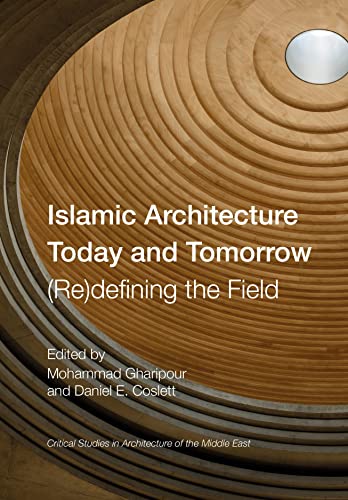

Most ebook files are in PDF format, so you can easily read them using various software such as Foxit Reader or directly on the Google Chrome browser.
Some ebook files are released by publishers in other formats such as .awz, .mobi, .epub, .fb2, etc. You may need to install specific software to read these formats on mobile/PC, such as Calibre.
Please read the tutorial at this link: https://ebookbell.com/faq
We offer FREE conversion to the popular formats you request; however, this may take some time. Therefore, right after payment, please email us, and we will try to provide the service as quickly as possible.
For some exceptional file formats or broken links (if any), please refrain from opening any disputes. Instead, email us first, and we will try to assist within a maximum of 6 hours.
EbookBell Team

4.8
44 reviewsIt introduces scholars and practitioners to the state of Islamic architecture as a field of inquiry and provides a snapshot of the issues and challenges facing the field today. Looking forward, it invites readers to consider built environments in Islamic contexts as integral to global systems from an interdisciplinary and inclusive perspective. While this volume offers nuanced perspectives on a host of pressing questions, it ultimately aims to advance a necessarily on-going conversation.
The book will have wide appeal among architectural historians, art historians, and other scholars working on material in the traditional Islamic regions of the world (North Africa, the Middle East, and South Asia) and beyond, as well as scholars of religion and society. Practicing architects, landscape architects, planners, preservationists, and heritage managers in the regions addressed may also be interested in the volume. Essays have been written with non-specialist and student readers in mind. Undergraduate, graduate, and design students may use selected essays, or the entire collection, in university or graduate school coursework in architecture and Middle Eastern or Islamic studies.